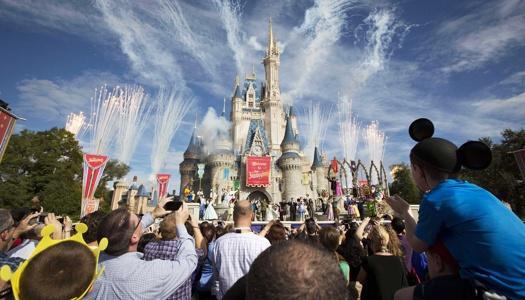Don’t Worry Too Much About A Fed Interest Rate Hike
J Thoendell stashed this in Personal Finance
In other words, families shouldn’t rush to take out a mortgage or car loan, and businesses need not splurge on borrowing to start new investment projects just yet. While rates have probably bottomed out, it’s unlikely they will shoot suddenly upward anytime soon.
Stashed in: Economics!, Awesome, Charts!, Nate Silver, Finance, Personal Finance
The expectation that rate hikes will happen at a glacial pace is partly due to the conflicting economic signals the Fed is getting as it seeks to fulfill its so-called dual mandate of achieving stable prices and full employment.Â
Take the job market, for instance. The unemployment rate hit 5.1 percent in August, the lowest level since early 2008. This is the level the Congressional Budget Office estimates to be the “natural” rate of unemployment — the normal level of joblessness for the U.S. economy and the point at which if unemployment went any lower it could spark an increase in inflation. But inflation, on the other hand, remains very low. Prices rose 0.3 percentyear over year, as of July 2015, according to the Fed’s preferred measure of inflation. That’s far below its stated 2 percent inflation target. Inflation so low is usually an indication of what economists call “slack,” or the underutilization of resources like labor and machinery.
The predicted slow-and-steady pace of normalization means Americans should not overreact to an increase of one-quarter of 1 percentage point, the amount the Fed is expected to raise rates whenever it happens. But an increase, however slight, will trickle through to many other kinds of interest rates: mortgages, car loans, corporate bonds, etc.
...
It’s a safe bet that the U.S. will face another recession. The current six-year period of expansion is already 17 months longer than what is typical. If a recession comes in the next three years, as history indicates it very likely could, the futures market predicts that rates won’t have gone higher than 2 percent — and may be lower. The Fed’s orthodox approach to fighting recessions is to cut interest rates, and to combat past recessions, the Fed has typically brought down interest rates by 3 to 4 percentage points, depending on the severity of the downturn. But in this case, returning rates to zero will likely be the most it can do.
All this is to say that whenever the Fed embarks on its first rate hike in nearly a decade, the long-term trajectory is likely to be relatively low rates. And while prudent first-graders might hope otherwise, it’s quite likely that rates will be back at zero again before they finish high school.












10:45 AM Sep 16 2015